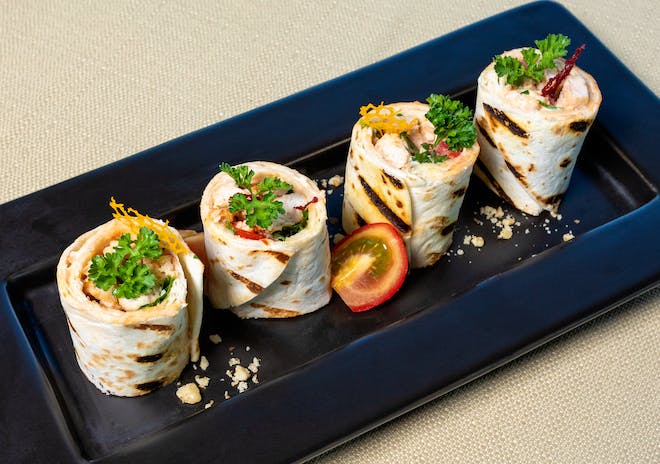Reverse Sear Technique: A Culinary Game-Changer
The reverse sear is a technique that has revolutionized the way chefs and home cooks alike achieve the perfect steak. This method, which involves a low-temperature cook followed by a high-heat sear, produces steak with optimal tenderness and a beautifully caramelized crust. Here’s how you can master the reverse sear at home.
Understanding the Reverse Sear Process
The reverse sear is a simple yet effective cooking strategy. It starts with slowly roasting the steak at a low temperature in the oven or on a smoker. The goal is to gradually bring the internal temperature of the meat up to just below your desired level of doneness. This slow cook phase allows for precise temperature control, ensuring that your steak is cooked evenly from edge to edge.
The Role of the Low-Temperature Cook
During the low-temperature phase, the steak’s proteins have time to break down, enhancing tenderness. Since the steak is exposed to gentle heat, it also reduces the likelihood of overcooking. This phase is crucial for achieving the perfect doneness throughout the entire cut of meat.
Finishing with a Sear
After the steak reaches the target temperature in the low-temperature phase, it’s time to sear. This step is performed on a scorching hot skillet, grill, or cast-iron pan. The high heat creates the Maillard reaction, responsible for developing a rich, brown crust that’s packed with flavor. The quick sear locks in juices and adds textural contrast to the tender interior.
Step-by-Step Guide to Reverse Searing
To start reverse searing, you’ll need a few essential tools: a reliable oven or smoker, a meat thermometer, a skillet, and of course, a quality cut of steak. Here’s the process:
1. Seasoning Your Steak
Begin by liberally seasoning your steak with salt and your choice of spices. Salt is crucial as it helps to draw out moisture, which aids in the formation of a crust during the sear.
2. The Low-Temperature Cook
Preheat your oven or smoker to around 225°F (107°C). Place the steak on a rack over a baking sheet and insert your meat thermometer into the thickest part of the steak. Cook until it’s about 10-15 degrees below your desired final temperature.
3. Resting the Meat
Once the steak reaches the target temperature, remove it from the oven and let it rest. During this time, the temperature will continue to rise slightly, and the juices will redistribute throughout the meat.
4. The Searing Phase
Preheat your skillet until it’s smoking hot. Add a high-smoke-point oil, and then place your steak in the pan. Sear each side for about 1-2 minutes or until a deep brown crust has formed.
5. Serving Your Perfectly Cooked Steak
After searing, let the steak rest for a few minutes, then slice against the grain and serve immediately. Enjoy the fruits of your labor with a steak that’s cooked to perfection.
Tips and Tricks for a Successful Reverse Sear
Here are some additional tips to ensure your reverse sear is a success:
- Use a cast-iron skillet for the searing phase to achieve an even crust.
- For added flavor, baste the steak with butter and herbs during the final minute of searing.
- Ensure your meat is at room temperature before starting the cooking process for even cooking.
- Consider finishing the steak with a sprinkle of flaky sea salt for texture and flavor.
The reverse sear method may seem daunting at first, but with practice, it becomes an essential technique in your culinary repertoire. Whether you’re cooking for a special occasion or simply looking to elevate your weeknight dinner, the reverse sear will not disappoint.
Experiment with different cuts of steak and adjust the cooking times accordingly. With the reverse sear, patience is key, but the results are well worth the wait.
